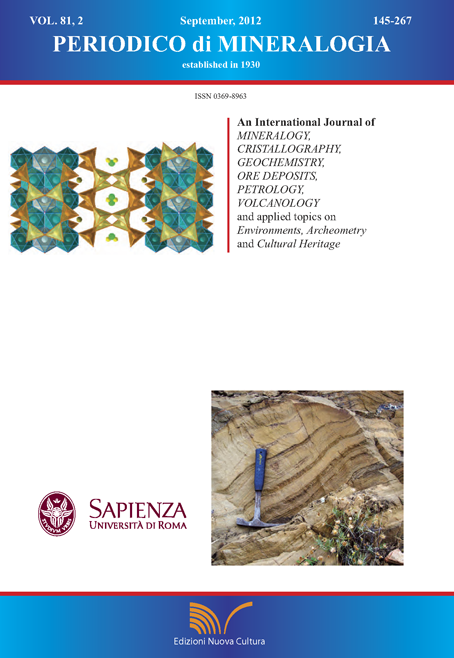Undulating Band Style and Fringe Style Matt-Painted Pottery from the Sanctuary on the Timpone della Motta in the Sibaritide Area (CS) Calabria – southern Italy
DOI:
https://doi.org/10.2451/2012PM0009Keywords:
Matt-painted pottery, Undulating Band Style, Fringe Style, Calabria, Technology, Provenance.Abstract
This paper presents a comparison of two different classes of Matt-Painted pottery attributed to the 8th century BC from the sanctuary on the Timpone della Motta in the Sibaritide (CS), Calabria, southern Italy.
Matt-Painted pottery was widely produced in southern Italy during the early Iron Age, and finds from many indigenous sites underline that it was one of the favored pottery types both for dining and storage purposes. The term Matt-Painted refers to handmade vessels of typical indigenous shapes with applied decoration in a matt dark paint.
Traditional archaeological research divides Matt-painted pottery into a range of regional classes based on the decorative styles of each region. The thousands of fragments from the sanctuary on the Timpone della Motta, together with the finds of Matt-Painted vessels in indigenous graves and houses, show that two predominant styles were present in the Sibaritide. These two styles have been named the Undulating Band Style (Matt-Painted stile a Bande Ondulate) and the Fringe Style (Matt-Painted stile a frange) based on their many decorative elements.
Twenty-five fragments of Matt-Painted pottery (17 fragments of the Undulating Band Style class, which included, one over-fired sample, and 8 fragments of the Fringe Style class) have been submitted to petrographical analysis including optical microscopy, mineralogical XRD analysis and chemical XRF analysis in order to determine their provenances. The results show that the compositions of the clay fabric of the Undulating Band Style and the Fringe Style are similar.
Another important aim was to clarify whether the raw material used in the manufacture of
the vessels corresponds to local clay deposits. For this purpose, the Matt-painted samples were compared to previously collected samples of clay sediments around the archaeological site.
Firing tests conducted on representative samples of these raw materials evidenced morphological, mineralogical and textural similarities with the studied ceramics.
Finally, the SEM micro-morphological study, which determines firing temperatures, was carried out in order to distinguish between different production techniques.


